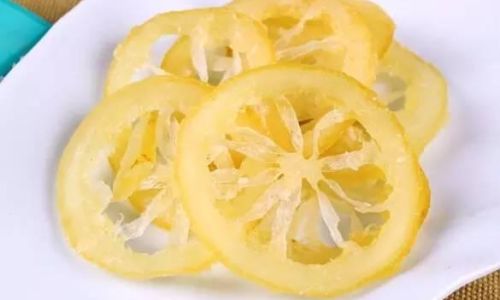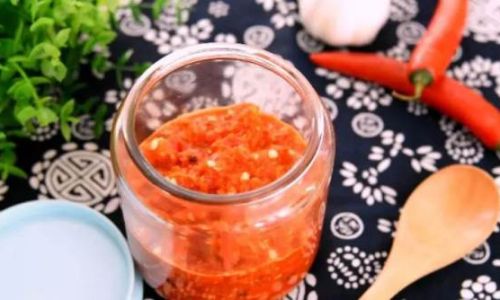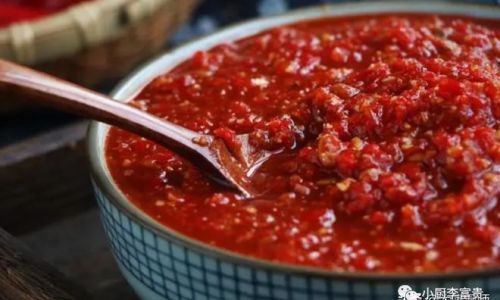Introduction
Dried lemons are a versatile and delicious ingredient that can enhance the flavor of various dishes, beverages, and desserts. They offer a concentrated burst of lemony goodness, making them an excellent choice for those who love the tangy, refreshing taste of citrus. Whether you’re looking to preserve a surplus of fresh lemons from your garden, create a homemade gift, or simply enjoy the convenience of dried lemon slices for your cooking, learning how to make dried lemons is a rewarding endeavor. This comprehensive guide will walk you through the entire process, from selecting the perfect lemons to storing your finished product.

Section 1: Choosing the Right Lemons
The quality of your dried lemons begins with the freshness and quality of the lemons you choose. Here are some key factors to consider:
-
Variety: Different lemon varieties have distinct flavors and textures. Common varieties include Eureka, Lisbon, and Meyer lemons. Eureka lemons are known for their sharp, tangy taste, while Lisbon lemons are larger and have a milder flavor. Meyer lemons are sweeter and more aromatic. Choose a variety that suits your taste preferences.
-
Freshness: Always opt for fresh, firm lemons with smooth, bright-colored skin. Avoid lemons that are soft, wrinkled, or have spots, as these indicators suggest they are past their prime.
-
Organic vs. Conventional: If possible, choose organic lemons to avoid pesticides and other chemicals. Organic lemons are also likely to have a more natural, authentic flavor.
-
Size: While size doesn’t necessarily affect the quality of the dried lemons, larger lemons may yield more slices, making the drying process more efficient.
Section 2: Preparing the Lemons
Once you’ve selected your lemons, it’s time to prepare them for drying. Here’s a step-by-step guide:
-
Washing: Rinse the lemons under cold running water to remove any dirt, debris, or residual pesticides. Pat them dry using a clean kitchen towel or paper towels.
-
Slicing: Use a sharp knife to slice the lemons into thin, uniform pieces. The thickness of the slices will affect the drying time; thinner slices will dry faster but may be more prone to breaking. Aim for slices that are about 1/8 to 1/4 inch thick.
-
Seeding: If you prefer, you can remove the seeds from the lemon slices. This is optional but can make the final product less bitter and more enjoyable to eat.
-
Treating with Lemon Juice (Optional): Some people like to brush the slices lightly with fresh lemon juice before drying. This can help preserve the color and add an extra layer of lemon flavor.
Section 3: Drying Methods
There are several methods you can use to dry your lemon slices, each with its own set of pros and cons. Here are the most popular options:
-
Sun Drying

- Pros: Natural, cost-effective, and doesn’t require any special equipment.
- Cons: Time-consuming, weather-dependent, and can be unpredictable in terms of results.
- Instructions: Lay the lemon slices on a clean, mesh screen or baking rack placed in a sunny, well-ventilated area. Turn the slices occasionally to ensure even drying. Depending on the climate, this can take several days to a week.
-
Oven Drying
- Pros: Faster than sun drying, more consistent results.
- Cons: Can be energy-intensive, requires monitoring to prevent burning.
- Instructions: Preheat your oven to its lowest setting, typically around 150-200°F (65-93°C). Place the lemon slices on baking sheets lined with parchment paper. Prop the oven door open slightly with a wooden spoon to allow moisture to escape. Dry for 2-4 hours, flipping the slices halfway through. Check frequently to avoid over-drying or burning.
-
Dehydrator
- Pros: Efficient, consistent, and preserves nutrients better than some methods.
- Cons: Requires an initial investment in equipment.
- Instructions: Follow the manufacturer’s instructions for your specific dehydrator. Generally, set the temperature to around 135°F (57°C) and dry the lemon slices for 6-12 hours, depending on thickness and desired dryness.
-
Food Dryer Attachment
- Pros: Convenient if you already have a food dryer attachment for your kitchen appliances.
- Cons: Limited capacity, may not be as effective as a standalone dehydrator.
- Instructions: Attach the dryer to your kitchen appliance (e.g., stand mixer, countertop blender) and follow the manufacturer’s guidelines for drying lemon slices.
Section 4: Storing Dried Lemons
Proper storage is crucial to maintaining the quality and flavor of your dried lemons. Here are some tips:
-
Airtight Containers: Store dried lemon slices in airtight glass jars or plastic containers with tight-fitting lids. Avoid using metal containers, as the acidity of the lemons can react with the metal.
-
Cool, Dark Place: Keep the containers in a cool, dark place away from direct sunlight and heat sources. A pantry or cupboard is ideal.
-
Moisture-Free: Ensure the containers are completely dry before adding the lemon slices to prevent mold and spoilage.
-
Labeled and Dated: Label the containers with the date you made the dried lemons. Properly stored, they can last for several months to a year.
Section 5: Using Dried Lemons
Dried lemons offer a myriad of culinary uses. Here are some ideas to inspire you:
- Beverages: Add a few slices to hot or iced tea, lemonade, or water for a refreshing twist.
- Baking: Incorporate them into cookies, cakes, and muffins for a burst of citrus flavor.
- Marinades and Sauces: Use them to add depth to marinades, dressings, and sauces.
- Rice and Pasta Dishes: Toss a few slices into rice or pasta dishes for a zesty finish.
- Gifts: Package them nicely in jars or cellophane bags with ribbon for a thoughtful, homemade gift.
Conclusion
Making dried lemons is a simple yet rewarding process that allows you to preserve the delicious taste of fresh lemons for later use. By following the steps outlined in this guide, from selecting the perfect lemons to storing your finished product, you can enjoy homemade dried lemons that are bursting with flavor and ready to enhance your culinary creations. Whether you’re a seasoned chef or a home cook looking to experiment with new ingredients, dried lemons are a versatile and delicious addition to your kitchen arsenal. Happy drying!





0 comments